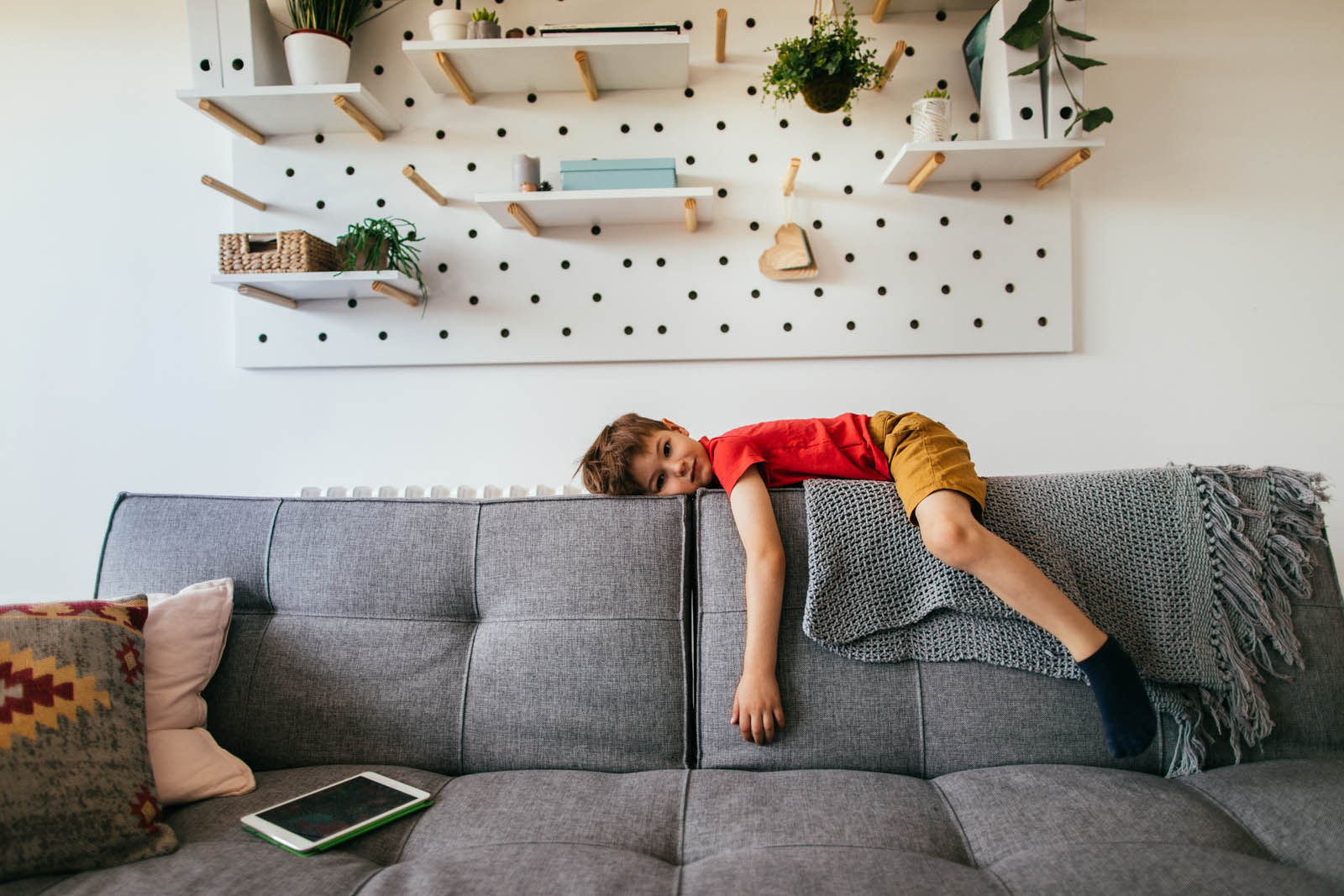
Youth and the Social Impacts of Coronavirus
Filed Under: Youth & Family

Mary McIlrath
Senior Vice President, C+R Alum
Life for youth in the U.S. has changed dramatically in the past few days. Many school districts have closed; in some states, all of them. If your brand serves youth, or you know a school-aged child, here is our perspective on the possible impacts you will want to keep top of mind:
1. Availability of food
The USDA’s latest figures indicate that roughly 30 million children get free and reduced lunches (and oftentimes breakfast and take-home dinner as well). Their parents may struggle to feed them while schools are closed, and may be working jobs where they will not get paid to stay home and care for their children or take sick time.
In some states, the USDA has approved requests from states to continue providing the meals—students will just need to come pick them up from the schools. The rules for how this works are not keeping pace with the spread of the virus, however. The school districts have to rely on procedures for other programs like the Summer Food Service Program, which require children to eat together in group settings rather than taking food home. And they aren’t currently distributing multiple days of food at a time. However, those rules are being appealed.
2. Mental health
Interacting with others socially, especially in close relationships like teacher-student ones, is good for the immune system. Science says it’s good to interact. Ironically, then, “social distancing” (keeping 3-6 feet away from others) or the isolation of a quarantine or recovery, is depriving students of a physical benefit.
More importantly, isolation from others can contribute to depression and anxiety. At YouthBeat®, we’ve reported on the increase in these symptoms among teens over the last couple of years. And being on social media isn’t a solution. A recent study found higher social media use is correlated with symptoms of depression such as loneliness, sadness, or hopelessness. YouthBeat® reports 75% of teens use social media apps and 60% of teens say they think they already spend more time online than they should.*
On the plus side, platforms like Squad help youth connect in a positive way, and resourceful teens are using Instagram to “fake cast” each other in Broadways shows as a way to uplift the group.
3. How to pass the time
Now that all of the major U.S. professional sports leagues have shuttered temporarily, and March Madness has been canceled, the only sports left are eSports. Those have in-person events, too, though, and some of them are getting canceled as well. The good news is that eSports have a lively online presence—the proliferation of modern gaming systems lets people play remotely against friends or random other people online. Indeed, that’s how many Chinese people under quarantine have been passing the time and keeping social interactions going.
OUR POV:
It’s important to be aware of the stresses of a pandemic on youth. Their routines are disrupted, some may get sick or know others who are sick. That can worry them—the greatest fear of 2 in 10 kids and tweens is already a family member getting sick or dying*, before this new scare. It’s important for adults—and brands—to think of anything they can do to ameliorate the stressors. Common Sense Media shared some tips for parents. For a brand, how can your digital media pivot quickly to sending messages that will help youth through the next weeks and months until their lives feel back to normal?
For C+R’s perspective on the adult consumer and market research communities during the outbreak, please see our colleague Steve Stallard’s post about considerations for Market Research during the COVID-19 pandemic.
For information regarding C+R’s client support, please see our CEO’s blog posts: Research Carries During These Uncertain Times by Robbin Jaklin
*Source: YouthBeat® Jan-June 2019
explore featured
Case studies
